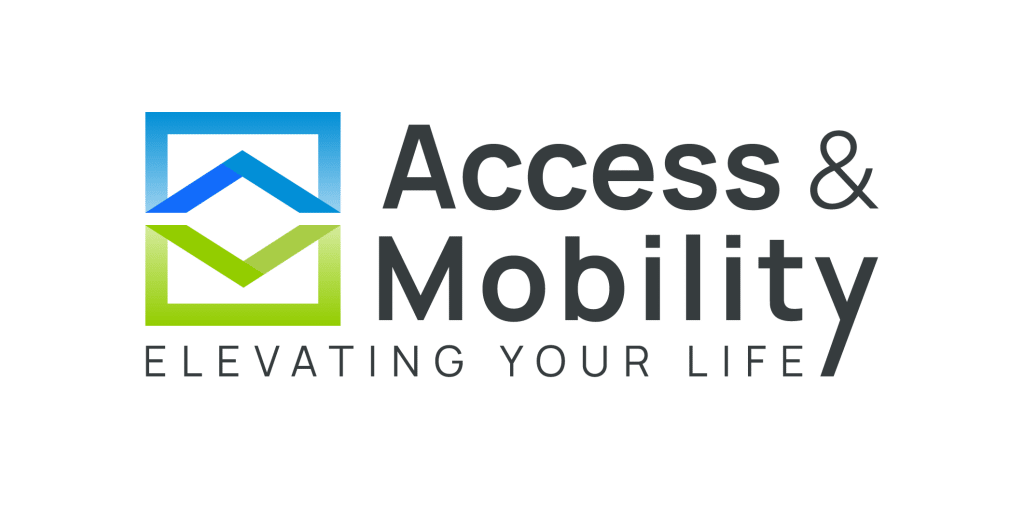Frequently Asked Questions
General Questions
Yes, we offer an elevator configurator tool that will allow you to try different styles and color options and see how they would look in a finished cab. You can select from many cab finishes, materials, and color options as well as various fixtures and gates. This tool can help you design the perfect elevator that will enhance and complement your home style.
Simply call or send us a message via the online form and we will send you a link to the tool.
Additionally, we have a myriad of images on our Facebook page from recent elevator installs.
Yes. In general, elevators are designed to accommodate a wheelchair.
Typically, three to four people can ride in the elevator cab.
The standard maximum weight for an elevator cab is 950 pounds but some elevators can accommodate up to 1400 pounds.
There are different drives that can be used to power a residential elevator. Ask our experienced staff about advantages and disadvantages of the different drives.
Residential Home Elevators and Lifts
Access & Mobility will provide you with samples and pictures of the elevator décor options that you can select to customize your elevator to match to your specific décor in your home.
Options include wood species for the cab such as birch and cherry, metal colors, and gate options (color, material, and style).
Assuming the structural requirements have been completed for housing the elevator, it takes about one week to install it but about 3 months lead time after the order is placed.
Yes, this is a very common elevator installation project.
Builders and Designers
Access & Mobility will furnish shop drawings for elevator shaft construction that will provide all construction details needed for building contractors.
A typical hoistway is roughly 5’x5’ and requires two electrical circuits including a 220v/30 AMP and a 110v/20 AMP.
Elevator selections for Builders and Designers include luxury MDF, unfinished hardwood veneers, and raised panel hardwoods.
Standard elevator Builder packages include hardwood veneers in oak, cherry maple, and birch, and various metals options such as: satin stainless, brushed brass, and bronze.
And many more decor options are available on our product pages.
Most installations are completed in approximately one week after drywall, paint, and trim has been completed by the contractor.
IMPORTANT NOTE: The elevator should be ordered a minimum of 90 days before elevator installation is needed.
It takes about two days to install a wheelchair lift, one day to install a stairlift, and roughly 1-2 days to install ceiling track systems, depending on the layout and length of track being installed.
Maintenance and Service
Yes, Access & Mobility has a local service department. We’re a local company servicing Middle TN.
Each product has a checklist of items that need annual servicing. Typical annual maintenance includes a thorough check of all systems, lubrication and calibration of mechanical parts, a check of all connections and wiring of control panels, and a check of any backup battery systems. Your local service team will help maintain your equipment.
1) A “standard” annual contract which includes annual inspection and maintenance and up to two additional service calls within a 12-month period.
2) A “bumper to bumper” annual contract which covers all parts and labor and unlimited visits.
3) No service contract. Maintenance of elevator or service of elevator is charged per visit plus for labor and parts. Ask our experienced staff about which plan will work for you.
Financial
If the elevator is being installed for a veteran, there may be some assistance offered through the Veterans Administration via application for a grant.
Cash, Check, Credit Card with convenience fee
Normal terms are 40/50/10 (40% deposit at purchase, 50% at on-site, 10% payment once installation is complete).
A good budget for elevators starts around $30,000, which is typically below what most buyers expect to pay.
A good budget for stairlifts is around $3,000 -$5000, residential wheelchair lifts around $7,000 - $12,000, and ceiling track systems range from $5,000 to $15,000 depending on design. Sometimes the cost of lifts is a little less and sometimes the cost of lifts is a little more expensive.
Access & Mobility can not offer tax advice.
The IRS has the following instructions related to Home Improvement deductions in Publication 502. https://www.irs.gov/publications/p502. Certain conditions apply. Please contact your tax advisor. “You can include in medical expense amounts you pay for special equipment installed in a home, or for improvements, if their main purpose is medical care for you, your spouse, or your dependent.”


